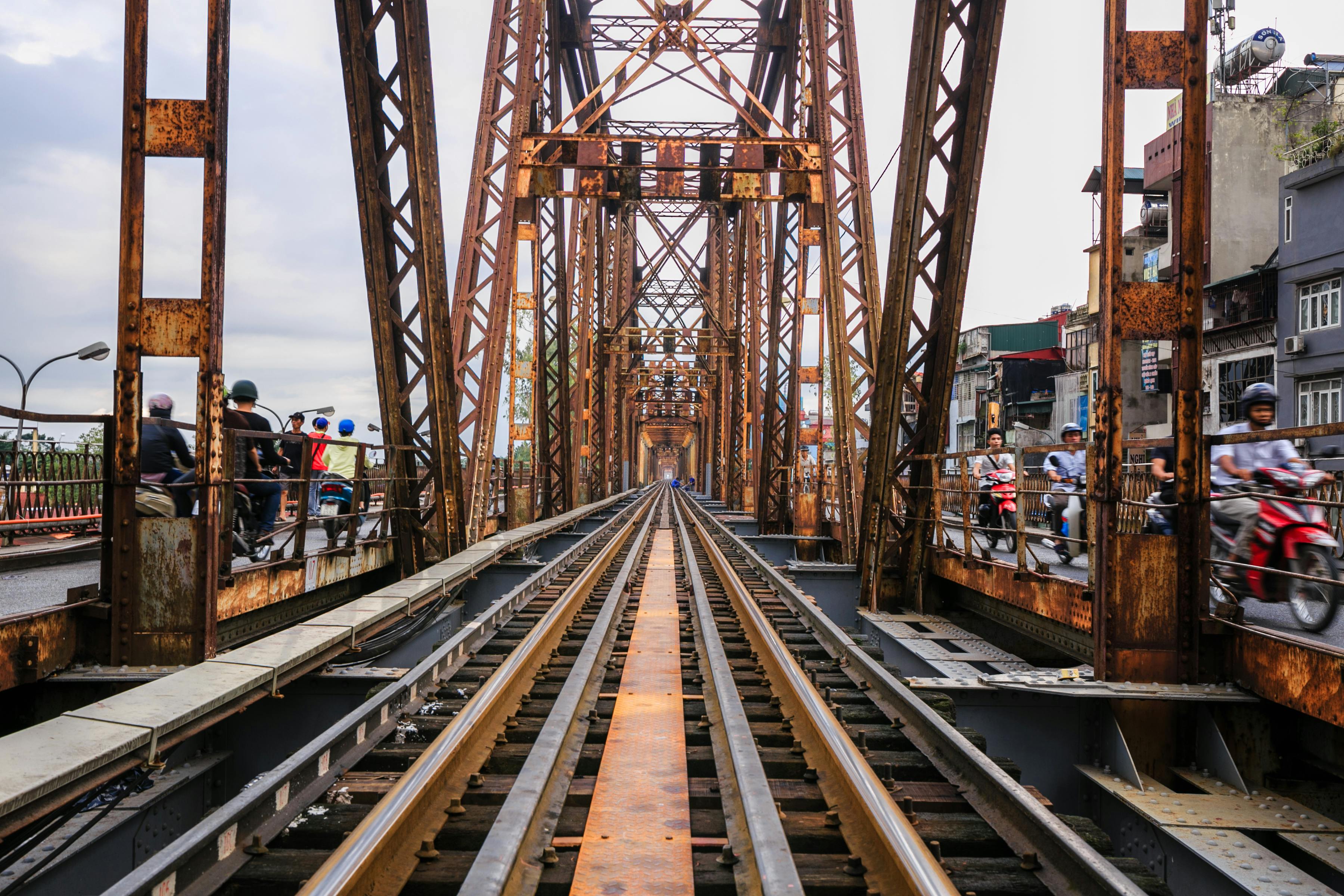In 1868, Hans Martin Hanson and his brother-in-law Knud Olson purchased 260 acres of land from Dr. David Maynard. The purchase price was $450. Hanson and Olson later divided the property and Hanson’s share was the point.
Legend has it that sometime during the 1870s, Farmer Hanson hung a brass kerosene lantern from a pole. He did this to mark the dangerous shoals of Alki Point for the increasing numbers of Puget Sound sailors.
In 1887, the Federal Board of Lighthouses decided that Alki Point was extremely dangerous to shipping traffic and replaced Hanson’s kerosene lamp with a “pole lantern”. “Post lanterns” were used in many places until a lighthouse could be built.
Because the lantern was on his property, Hanson was appointed Keeper of the Light. His salary was $15.00 a month. To do this he filled the fuel tank, cleaned the glass, trimmed the wicks, and turned the lamp on and off daily. He was helped by his son Edmund, his six daughters and his niece Linda Olson.
Mr. Martin’s sons inherited his 320-acre farm when he died on July 26, 1900. They also inherited the job of light watchman, which still paid only $15. one month. Edmund and his cousin Linda Olson, along with Edmund’s children, kept the lamp burning for another 10 years.
In 1910, the US Lighthouse Service purchased the 1.5-acre pie-shaped plot of land at Alki Point for $9,999. A 37-foot-tall octagonal concrete and masonry tower with an attached fog signal building was built at the point. Behind the lighthouse two large houses were built for the lighthouse keepers and their families. To protect the buildings from heavy surf during storms and high tides, the contractors brought in about 7,000 yards of sand and gravel and added to the spot.
This required the service of two lighthouse keepers who worked 12-hour shifts seven days a week, for which each received a pay of $800 a year plus lodging.
Over the years, various improvements were made to the lighthouse system and changes in personnel were made until in 1970, Albert G Anderson, the last civilian lighthouse keeper, retired after spending 20 years at Alki Point.
All light maintenance was done manually at the point until the 1980s. Coast Guardsmen stood watch in eight-hour shifts, 24 hours a day, seven days a week. The warden turned on the airway beacon half an hour before sunset and turned it off half an hour after sunrise. The Chief Lighthouse Keeper’s house was occupied by the Commander of the 13th Coast Guard District.
The Alki Point Lighthouse was fully automated in October 1984. The state-of-the-art VRB-25 Marine Rotating Beacon operates 24 hours a day and flashes once every five seconds. An emergency light located outside the tower is powered by 12-volt batteries. Two electric fog horns activate when visibility drops below three miles.
The Coast Guard Museum, Pier 36, 1519 Alaskan Way S in Seattle is where you can see, on display, the old pole lantern that the Lighthouse Service put up at Alki Point in 1887.
Alki Point Lighthouse, 3201 Alki Avenue SW, is one of eight lighthouses on or near Puget Sound open to visitors.
